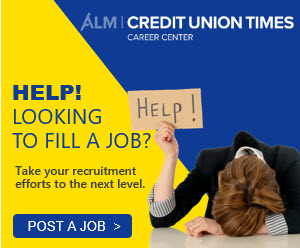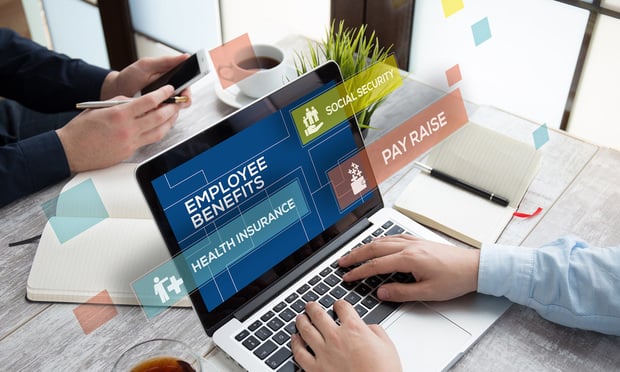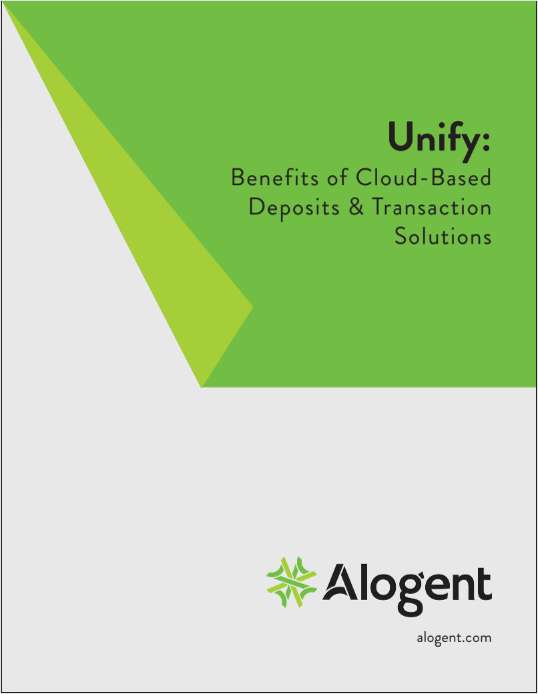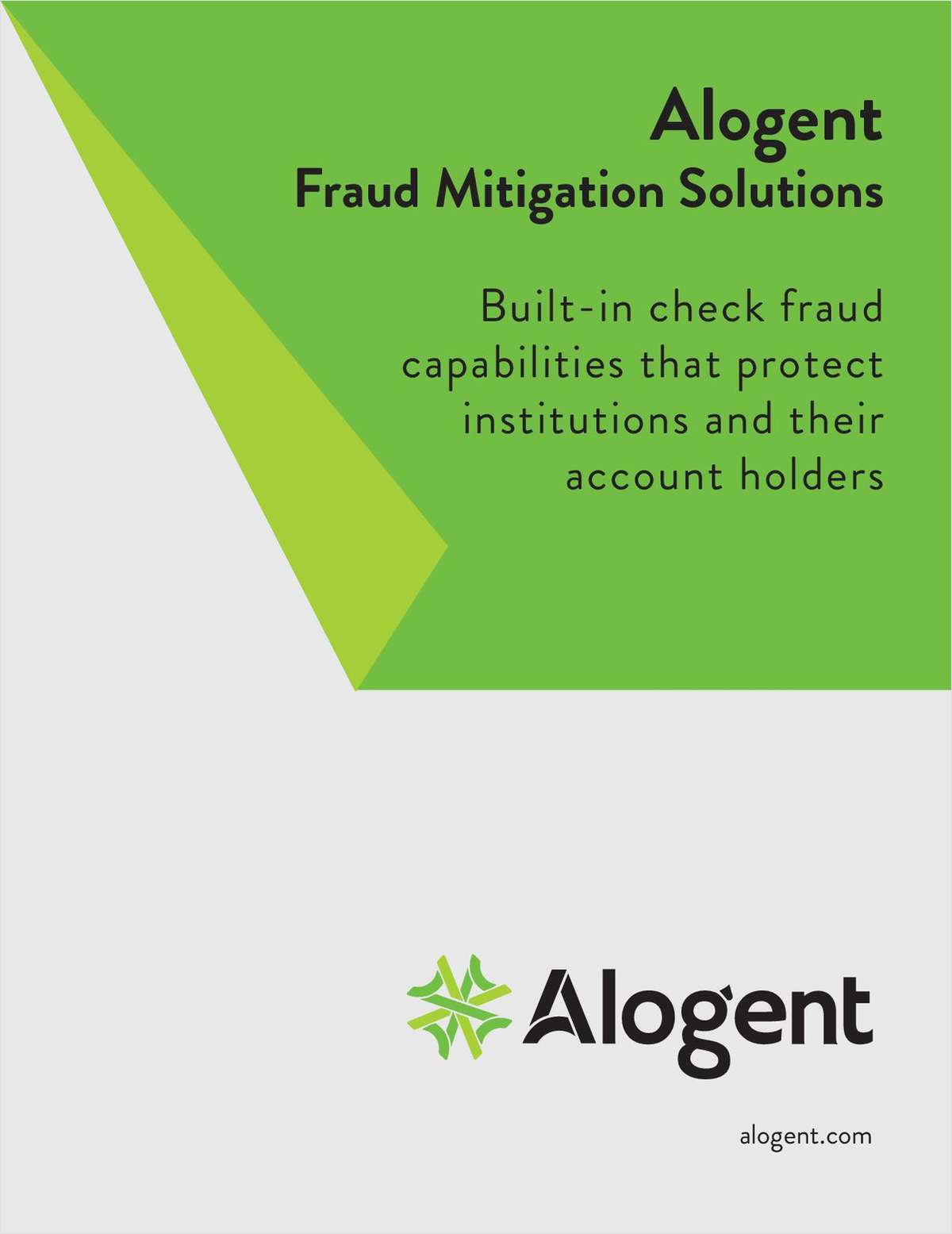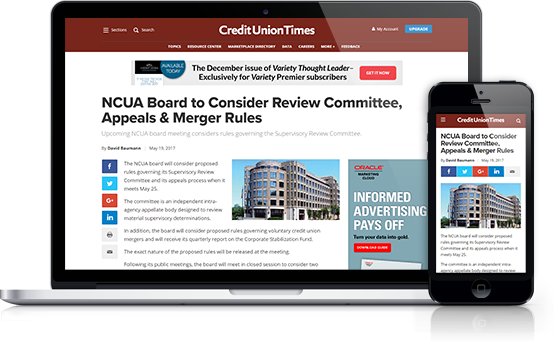At a quick glance, business travel might seem like a glamorous experience: Employees fly out of town for conferences, accumulating frequent flyer miles and reward points.
But a savvy HR manager understands traveling for business often means disruption of regular sleep, exercise and eating routines, all factors that can contribute to unhealthy, unhappy employees.
We're now in the post-New Year's fitness slump, when health and wellness goals often fall by the wayside – but for business travelers, staying active and healthy (both physically and emotionally) is crucial.
For HR executives who oversee business travel, it's key to address these health risks early, before the cumulative damage from frequent travel takes its toll on employees.
Below are five top tips to fostering a “fit to fly” culture within your organization — and ensuring traveling employees are happy, healthy and productive.
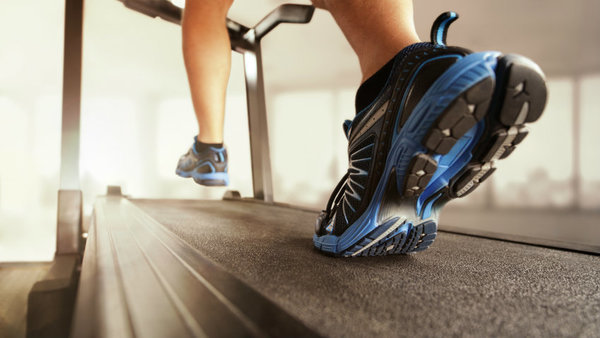 Start Prevention Early
Start Prevention Early
If your employees are out of shape or engaging in poor health habits, addressing these issues early on is key. Stress brought on by business travel can encourage the use of caffeine, fatty foods or cigarettes to curb anxiety, none of which are conducive to overall employee wellness.
Rather than micro-managing employees when they travel, emphasize office wellness programs – like a walking club or health insurance benefits that reward an individual's fitness. Reminding employees to be healthy and active can make fostering a “fit to fly” culture a much simpler task.
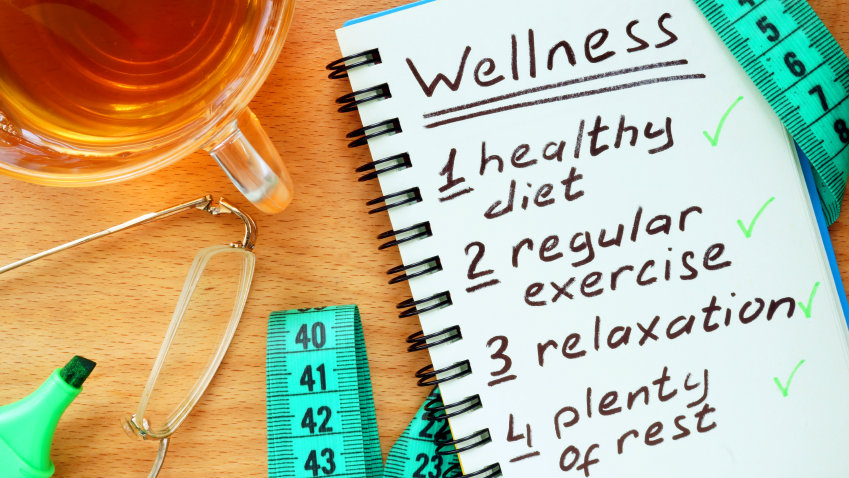 Host a Healthy Travel Workshop
Host a Healthy Travel Workshop
Learning and development, a key HR task, can also extend to business travel. Several times a year, HR departments can host a “healthy travel” workshop, sharing best practices and tips for encouraging healthy business travel behaviors. At the workshop, be sure to provide a checklist for travelers: Advise employees to visit their doctors or travel medicine specialists six to eight weeks prior to international travel to determine if vaccines are necessary and share tips on what should be in their emergency care kits – ibuprofen, moleskin for sore feet and hand sanitizer are musts.
In addition, the workshop can focus on how to work fitness and healthy meals into an employee's busy schedule. For example, finding safe running routes in proximity to their hotels and sharing easy ways they can work out right in their rooms. HR managers can also research company-recommended accommodations to ensure they meet company fitness standards and have amenities like gyms. When it comes to healthy eating, provide employees with suggestions for avoiding that late night burger: Apples, dried fruit and protein bars, to name a few.
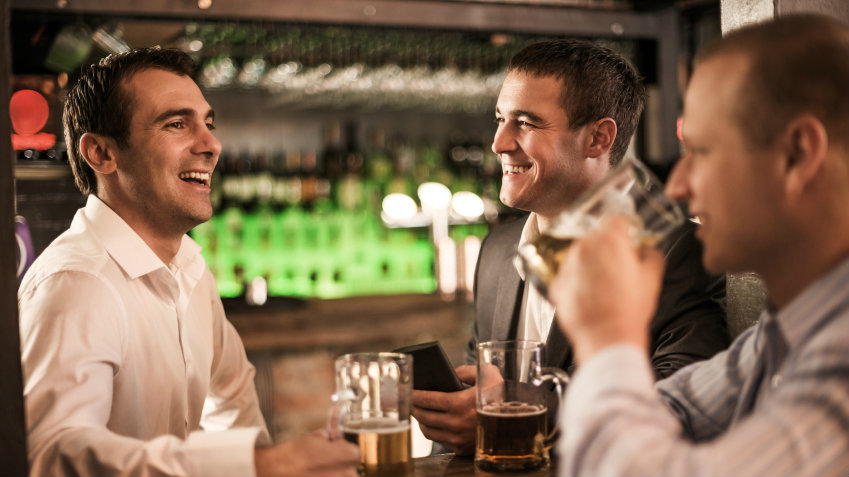 Be Aware of Risky Behavior
Be Aware of Risky Behavior
Staying active and mitigating health risks like viruses or sleep deprivation will always be top-of-mind, but more troubling health risks also occur when employees travel for business: Binge drinking and hookups are surprisingly common among the business travel set. In a recent survey, 27% of business travelers admitted to binge drinking when traveling for business, and 11% said they have picked up a stranger at a bar during a business trip. Binge drinking, outside of affecting the next day's work performance, increases risks of unintentional injuries like car crashes or falls, and puts employees at risk of self-injury and harm, while picking up a stranger can lead to health risks like STDs.
HR managers can help curb this type of risky behavior by laying ground rules up front. Although employees might view time after meetings as time off the clock, they are still representing their companies during business travel. Setting parameters for employee behavior, such as alcohol consumption guidelines, will lower travel risks for both employees and employers.
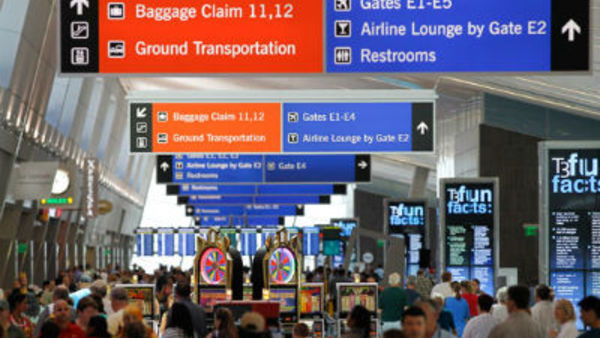 Encourage “Bleisure” Trips
Encourage “Bleisure” Trips
Bleisure – the idea of combining work and personal vacations, often by adding vacation days to the beginning or end of a work trip – can be a useful tool in preventing employee burnout. A recent survey indicated employees believe business with leisure travel adds value to work assignments, which means that bleisure could make for happier, more engaged employees with no additional costs to the business.
Encouraging bleisure (or “bizcations”) for employees needs to be accompanied by a transparent travel policy from HR, so employees can make a clear distinction between when work ends and vacation time begins, as employees constantly on call during a vacation day can sour the bleisure balance and lead to increased stress.
 Maintain Good Practices at the Office
Maintain Good Practices at the Office
Finally, don't let good travel habits fall by the wayside when travelers return to their home base. Healthy habits, if promoted at the office, will encourage all employees – whether they travel or not – to maintain best practices. Just as travelers should stretch and walk during a plane ride to combat deep vein thrombosis, employees should take frequent breaks from their computers to avoid poor posture and a weakened core. Encourage employees to stay active throughout the day by walking or working out during their lunch break, and providing healthy foods (think fruit or low-sugar snacks) instead of cake and pizza at company events.
By encouraging an overall culture of health and wellness, implementing a “fit to fly” policy is a natural extension of workplace culture, resulting in a happier, healthier workforce that can best accomplish its professional goals both in the office and on the road.
Complete your profile to continue reading and get FREE access to CUTimes.com, part of your ALM digital membership.
Your access to unlimited CUTimes.com content isn’t changing.
Once you are an ALM digital member, you’ll receive:
- Breaking credit union news and analysis, on-site and via our newsletters and custom alerts
- Weekly Shared Accounts podcast featuring exclusive interviews with industry leaders
- Educational webcasts, white papers, and ebooks from industry thought leaders
- Critical coverage of the commercial real estate and financial advisory markets on our other ALM sites, GlobeSt.com and ThinkAdvisor.com
Already have an account? Sign In Now
© 2024 ALM Global, LLC, All Rights Reserved. Request academic re-use from www.copyright.com. All other uses, submit a request to [email protected]. For more information visit Asset & Logo Licensing.


